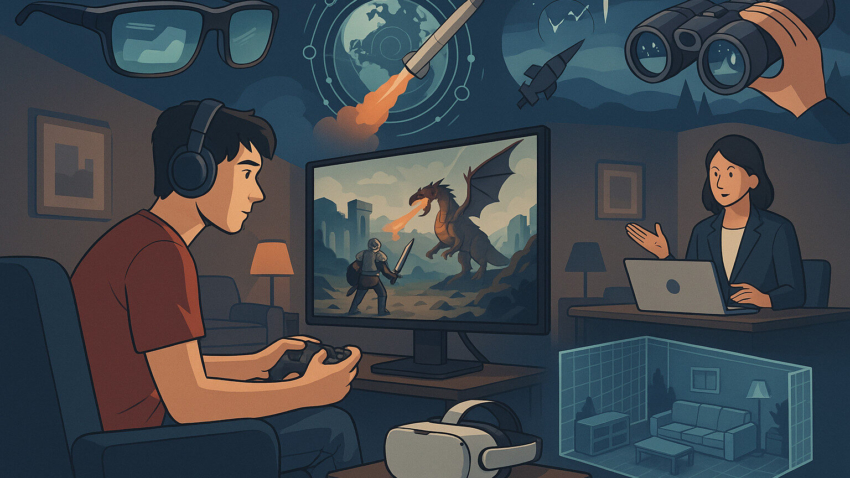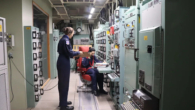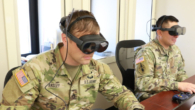
Simulation Weekly News
In last week’s Simulation News we saw that the Bundeswehr approved Rheinmetall’s VBS4 Puma Simulator, a modular system featuring full-size replica cabins for realistic operational practice, supporting up to company-level exercises. Collaboration between BAE Systems and PAULEY to integrate AI and XR into military training programmes was also in the news.
Simulation is moving into browsers, exemplified by Erik Kannike’s web-based Ballistic Missile Defence Simulator, a practical tool using realistic physics for users to design layered defence systems against threats targeting cities like Kyiv or Taipei.
Our interaction with space is changing, too. Meta introduced Hyperscape, an experimental tool allowing Quest headset users to scan real environments into persistent, photorealistic 3D models. On the consumer side, Unistellar’s Envision smart binoculars successfully merge the digital and physical by overlaying AR data onto over a million landmarks.
However, innovation brings friction. Devices like Meta’s $800 Ray-Ban Display smart glasses prioritise AR excellence but sacrifice repairability, featuring components that are glued and soldered shut. Furthermore, the digital shift from the physical world continues with 97% of teenage boys playing online games, and 73% of girls. Young men (15–24) now average ten hours of gaming weekly, surpassing time spent socialising or engaging in sports. The challenge remains balancing advanced immersion with practical sustainability and physical wellbeing.
⊲ Image – DALL-E ⊳








